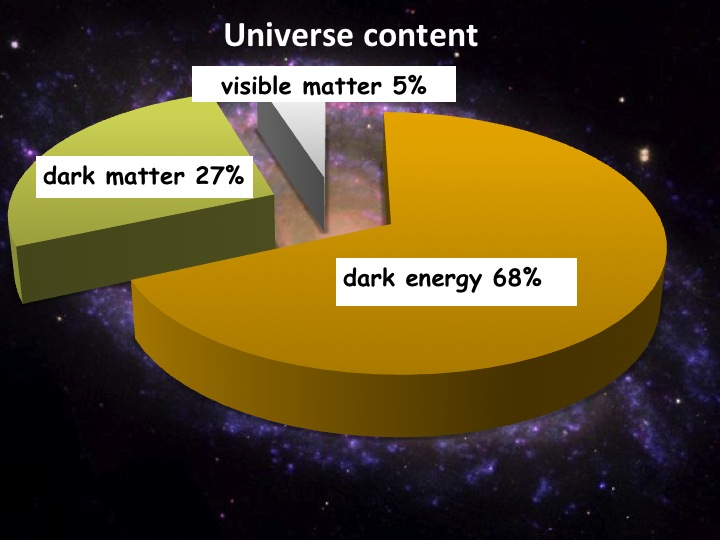Home › Forum Online Discussion › General › A new strategy for directly detecting light particle dark matter
- This topic has 0 replies, 1 voice, and was last updated 5 years, 2 months ago by
c_howdy.
-
AuthorPosts
-
January 21, 2020 at 10:36 pm #59650
c_howdy
Participant
JANUARY 21, 2020
by Ingrid Fadelli , Phys.org
https://phys.org/news/2020-01-strategy-particle-dark.html
For almost a century, astronomers have hypothesized that the universe contains more matter than what can be observed by the human eye. It is now believed that approximately 80 percent of the universe’s mass is made up of a type of matter that does not emit light or energy and that scientists are still unable to observe directly, referred to as dark matter.
While there are now countless studies and theories about dark matter, there is still no direct experimental evidence supporting its existence. Several physicists have tried to devise methods to detect dark matter in the universe, yet all of these have so far been unsuccessful.
Over the past few decades, researchers have started to wonder how dark matter could possibly be detected, especially considering that it consists of particles that are much lighter than protons. A model that has gained substantial attention is one that considers dark matter as a particle that has a very small charge under normal electromagnetism.
Drawing inspiration from this model, researchers at the SLAC National Accelerator Laboratory in California have recently devised a new strategy that could directly detect light particle dark matter that has long-ranged interactions with ordinary matter. The strategy they came up with, presented in a paper published in Physical Review Letters, entails distorting the local flow of dark matter with time-varying fields and measuring these distortions using shielded resonant detectors.
“So far, most ideas of how to detect dark matter particles have relied on trying to detect small energy depositions from dark matter scattering in a very sensitive detector,” Asher Berlin, one of the researchers who carried out the study, told Phys.org. “My collaborators and I recently realized that an alternative detection mechanism exists: Instead of waiting for dark matter to deposit some small amount of energy in a detector via scattering, it is possible to directly manipulate the trajectories of individual dark matter particles, setting up disturbances that can then be measured with very sensitive resonant detectors, similar to everyday radios.”
In contrast with most strategies for detecting dark matter introduced in previous studies, the new strategy proposed by Berlin and his colleagues takes advantage of the “collective” effect that many individual dark matter particles could produce, rather than the effect derived from a single dark matter particle. As a result, their detection method benefits from the small mass/momentum of light dark matter, particularly if compared with techniques that try to measure dark matter scattering within a detector, which is typically far more challenging if the dark matter particles are very light.
“We have identified a potentially promising alternative to detecting sub-MeV particle-like dark matter without relying on energy deposition from scattering,” Berlin explained. “At this point, any new idea, including ours, may open up the possibility toward successfully discovering dark matter particles.”
In their paper, Berlin and his colleagues theoretically applied their newly devised detection scheme to sub-MeV dark matter particles with very small electric charges or that are coupled to a light vector mediator. Their analyses suggest that their approach can probe dark matter masses ranging between 10MeV and below one meV, thus potentially reaching beyond what previous theories and detection efforts have achieved.
While the strategy devised by the researchers seems promising, it is still merely theoretical. In the coming years, however, their work could inform the development of new tools for detecting dark matter particles, which would ultimately help to determine the validity and possible limitations of their approach.
“In the future, we plan on teaming up with experimentalists who are interested in actually building such a detector,” Berlin said. “We also plan on investigating related detection ideas for other possible dark matter particles that possess different kinds of interactions with normal matter.”
More information: Asher Berlin et al. Directly Deflecting Particle Dark Matter, Physical Review Letters (2020). DOI: 10.1103/PhysRevLett.124.011801
Journal information: Physical Review Letters

A schematic figure of the potential experiment proposed in the paper. Credit: Berlin et al.
-
AuthorPosts
- You must be logged in to reply to this topic.
